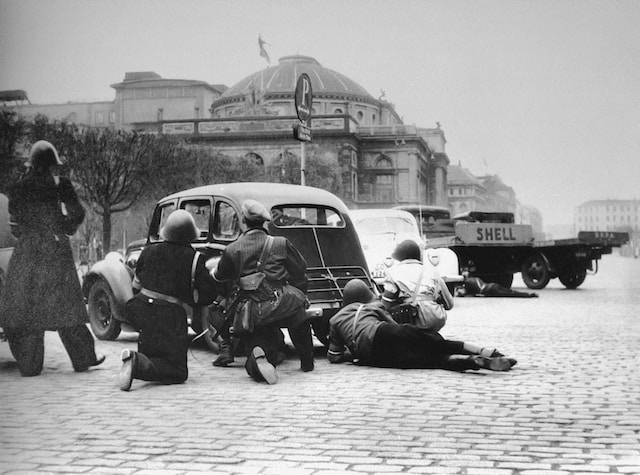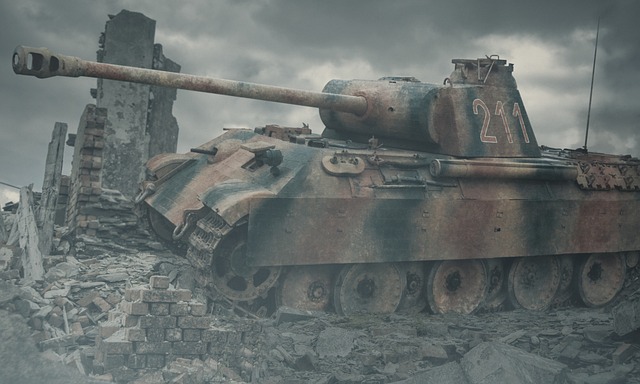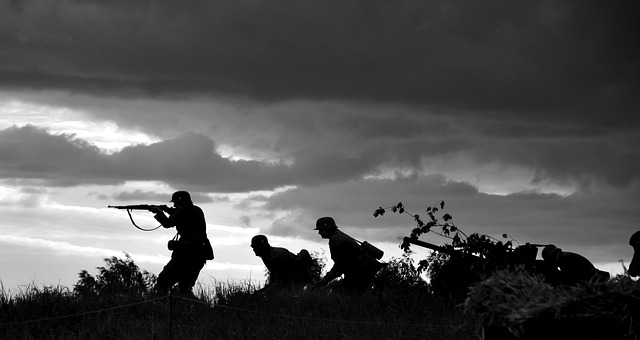Tanks were one of the most defining weapons of the 20th century. Following World War I, armored vehicles were developed based on the lessons learned from the first conflict until the next war in 1939. Compared to World War I, tanks had significantly evolved. The shape of tanks changed considerably since the First World War and has remained largely unchanged to this day. Additionally, engines were mostly switched to diesel, providing tanks with much greater capabilities in battle. Furthermore, the ammunition and equipment of the tanks saw significant improvements.
Sponsor – https://fuseboston.com/hvac-services
Throughout the war, the Americans produced the most tanks. Particularly in 1943, they manufactured almost 40,000 combat vehicles. Which tanks were the most successful throughout the war will be revealed in this article.
German Tanks in World War II
During World War II, Germany developed many different tanks. The Tiger I and Panzer IV were among the most well-known tanks throughout the war. Although the Germans were often criticized for producing too few tanks, they prioritized building high-quality, powerful armored vehicles. Overall, the Germans produced about 50% fewer tanks than the Soviet Union. Nevertheless, due to their high-quality combat vehicles, the Germans gained a tactical advantage. This did not lead to German victory but played a crucial role.
Soviet Tanks
The Soviet Union also developed many powerful combat vehicles during the entire war. The most iconic tank of the Soviet Union was the T-34. From the beginning, this renowned tank was equipped with a diesel engine. Its opponents were initially shocked, as the German tanks appeared small compared to this heavy tank. The T-34 featured wide and robust tracks, allowing it to move effectively in all weather conditions. Its mounted gun was superior to that of the Germans. However, the Soviet Union produced many other excellent tanks, such as the light T-70 and the BT series.
Tanks of the Western Allies
During World War II, the British and Americans primarily collaborated on new armored vehicles. The M4 Sherman tank was a well-known tank manufactured in large quantities in the USA. The Sherman was a reliable and robust tank that even saw action in the Korean War. A major criticism of the tank was its insufficient armament and armor.
Italian Tanks
Despite being involved in the war for several years, the Italians failed to develop a competitive tank throughout the entire conflict. They could not keep up with development and production. As a result, the medium tank M13/40 and the light tank Fiat L6/40 struggled to compete with other nations’ vehicles. The M13/40 had poor armor and caught fire shortly after its first deployment. The tanks were not competitive on the front lines, so they were only used in reconnaissance units.
Japanese Tanks
The Japanese did not rely on the success of their tanks throughout the war but still produced some. The most widely used tank was the Type 95 Ha-Go, which was already inferior to American tanks due to its light armor.
Conclusion: The Most Powerful Tanks of the War
Since World War I, many countries and regions have worked on their combat vehicles, leading to the development of several excellent tanks in World War II. The Russian T-34 was known as one of the most advanced tanks. It became one of the most recognized tanks globally. However, the Tiger I and Panzer IV also made a significant historical impact. The Tiger tank was feared by its opponents, despite being highly vulnerable to faults. Nonetheless, it had immense destructive power and outmatched other tanks. However, the limited production of German tanks did not make a decisive difference in the war.
In addition to these tanks, World War II paved the way for future advancements in tank technology. Lessons learned from this conflict influenced tank design, production strategies, and combat tactics for decades to come. The legacy of these armored vehicles continues to shape modern warfare, demonstrating the critical role of tanks in military history. Understanding their evolution helps us appreciate the technological advancements that define today’s battlefield.
Moreover, the innovations in tank warfare, such as enhanced armor designs and more powerful armaments, can be traced back to the experiences of World War II. Countries invested heavily in research and development to improve tank capabilities, which ultimately led to the creation of more sophisticated models in the post-war era.
In summary, the tanks of World War II were not just instruments of war; they represented the culmination of engineering ingenuity and battlefield strategy. Their influence extended beyond their immediate use in the war, contributing to military tactics and armored vehicle designs in subsequent conflicts. As we reflect on their history, it is evident that the legacy of these tanks will continue to inspire military innovation for years to come. Understanding this legacy is essential for appreciating both historical and contemporary military strategies.


